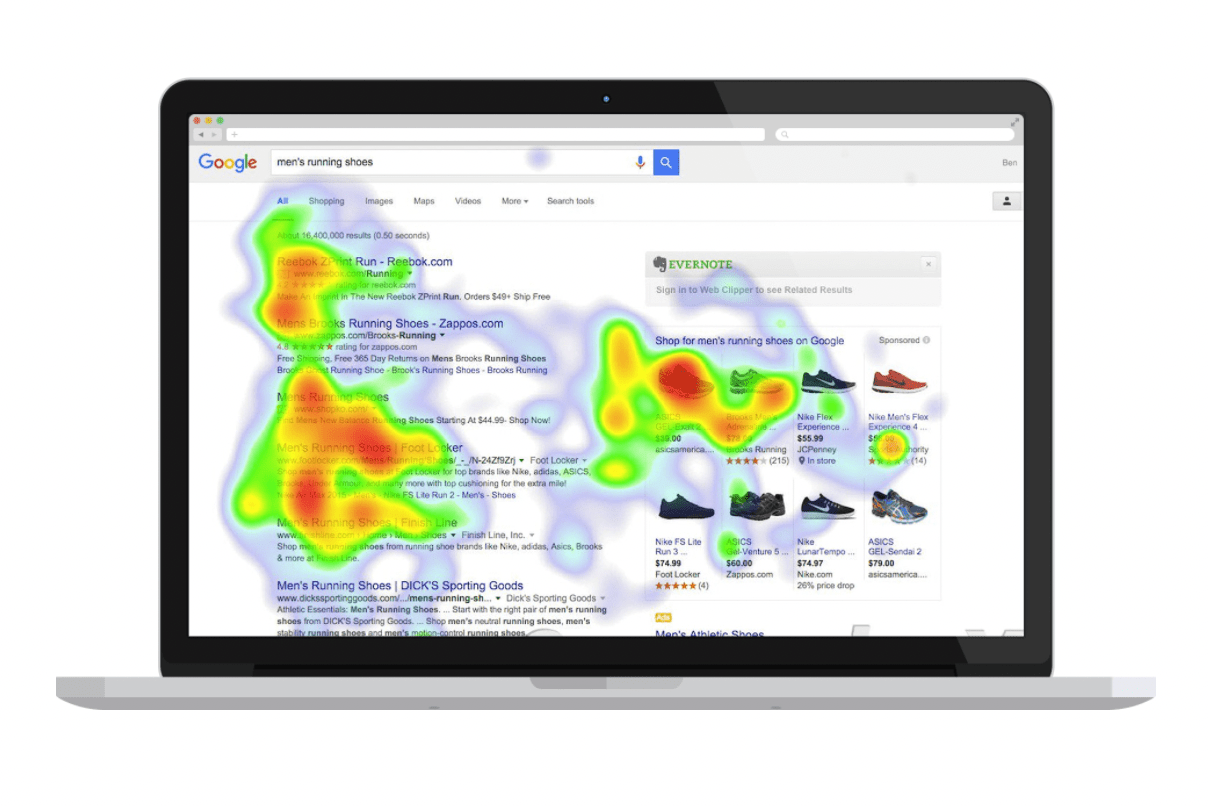Unless you’re looking over your customer’s shoulder, you’re never going to be able to see exactly how they navigate your page. (OK, that’s a bit extreme, but you get the idea.) That’s why your best friend is going to be a little code called click tracking.

Click tracking shows where visitors click and how much time they spend looking at each element. It’s also a very useful marketing tool that allows you to gauge the interest in and popularity of your content. This information helps you decide which pages they find relevant and others maybe not so much.
Click tracking can bridge the gap between your landing page and your visitors to uncover how they navigate your site (and what you can do to optimize their experience). Let’s first take a look at how click tracking works.
What Is Click Tracking?
Click tracking is a metric that tracks the number of clicks that happen on your landing pages, apps, and emails. It’s an essential tool for marketing teams. These clicks include everything from PPC ads to newsletter sign-ups—basically, anything that brings in traffic. They’re usually displayed numerically, visually (with heat maps), or by individual session.

Heatmaps, such as the one above, are visualizations that track user activity on a page. They usually show you how visitors click, tap, or move their cursor around the screen. They help uncover what’s confusing and what works well.
Say a visitor is getting lost on your checkout page or can’t find the picture of a product. Heatmaps will show you where visitors click and reveal potential problems with your page design.
There are three types of click tracking you can use to learn more about your customers’ browsing habits:
- Website click-tracking helps you determine which of your pages is the most popular. It also lets you see how visitors view and interact with your website.
- Email click-tracking can give you data on which email campaigns are more engaging than others, so you know what works best for each audience.
- App click-tracking can help you see how engaged your visitors are with specific parts of the app. You can then use that information to prioritize updates and changes.
So, why would you want to know how someone clicked around on your page? If you’re a marketer, you’d use this information to improve your campaigns, track relevant metrics, and analyze your pages’ performance. Perhaps you want to know which pages have the most potential or which posts in a series are the most popular.
Click tracking also gives insight into your customers’ behavior in terms of what they want, how long they’re willing to engage with your brand, and where they go next. This means that you’ll have a more accurate idea of the effectiveness of your landing page, PPC campaigns, email newsletters, and even social media. Use this info to create more engaging content, better-targeted ads, and optimized landing pages.

3 Ways Click Tracking Helps Optimize Your Landing Page
Without click tracking, it can be challenging to determine how much time visitors spend looking at each section of your page. This hurts your conversion rates because if visitors aren’t looking at all of the necessary elements, they may not take the action you want them to. Here are some other ways click tracking can help optimize your landing page:
1. Find out what’s most popular
Metrics from click tracking will show you what areas of your page are getting the most love from visitors. If an area is getting the most clicks, it’s pretty clear that you should highlight that area on your page. Knowing what’s popular also helps you double down on what’s working and what’s not in terms of user experience.
What’s working best on your page? Don’t be afraid to show it off.
2. Uncover areas for improvement
High click-through rates (CTR) indicate that your visitors like what they see and you’ve earned their trust. Low click-through rates, on the other hand, indicate that you need to go back to the drawing board and see what’s not working. Click tracking can help you see what copy your visitors aren’t responding to, which parts of the page they’re ignoring, and which CTAs they’re not clicking on. This allows you to make changes quickly and efficiently.
Sudden drops in the number of clicks on certain parts of your site may indicate big changes in user behavior, or even uncover any existing bugs on your page that need to be fixed.
3. Find out what customers really want
As the web evolves and grows, one of the main challenges facing businesses is the way they can understand their customers. Traditionally, businesses have relied on surveys, phone calls, and focus groups to better understand how their customers tick, but these methods leave a lot to be desired. Today, you can use click tracking to understand how your customers are engaging with your brand and products, and you can even see how they are interacting with your competitors’ products, too.
Visitor behavior helps you understand what your customers want and expect from your landing page. You can then use the click data to make changes to your copy and layout so visitors can find what they’re looking for more easily.
Get Tracking, Optimizing, and Converting
Designers should carefully consider the points people click on to reach their main call-to-action or landing page. By monitoring where visitors are clicking on their site, they can optimize for conversions and improve the overall user experience. Even tiny changes in the way a website looks—different colors, or slightly re-arranged text or graphics—can cause visitors to click on different links, sometimes dramatically changing the path they take through a website.
With click tracking, marketers have a better understanding of customers’ needs and can make informed design decisions. By regularly measuring click tracking data, you can discover patterns that will help you keep your page optimizations. Use a tracking tool to see what visitors actually do on your website and make that data work for you.

![[Build – MOFU] Landing Page Product Page – V1 – 2024](https://unbounce.com/photos/Build-MOFU-Landing-Page-Product-Page-V1-2024.jpg)
